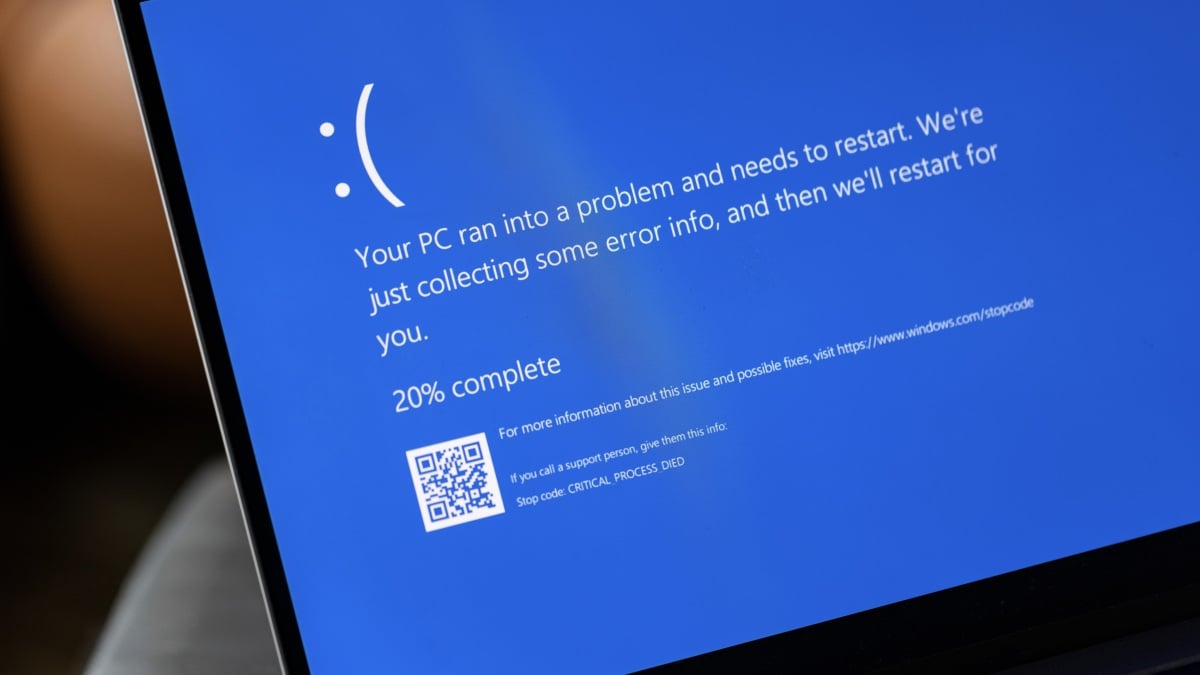Windows' Fatal Error Makeover: Inside the New Blue Screen Experience

Microsoft Reimagines the Infamous Blue Screen of Death
The Windows Blue Screen of Death (BSOD) has long been a notorious symbol of system crashes and technical frustration. Now, Microsoft is taking steps to transform this dreaded error screen into a more user-friendly and informative experience.
For decades, the Blue Screen of Death has struck fear into the hearts of computer users worldwide, abruptly halting work and signaling a potentially catastrophic system failure. However, the tech giant is committed to softening this jarring experience by creating a more intuitive and less intimidating error interface.
The new design aims to provide clearer diagnostic information, more helpful troubleshooting guidance, and a less panic-inducing visual presentation. By making the error screen more approachable and informative, Microsoft hopes to reduce user anxiety and simplify the process of understanding and resolving system issues.
While the Blue Screen of Death remains a necessary evil in Windows systems, this redesign represents Microsoft's ongoing commitment to improving user experience and making technical challenges more manageable for everyday computer users.
